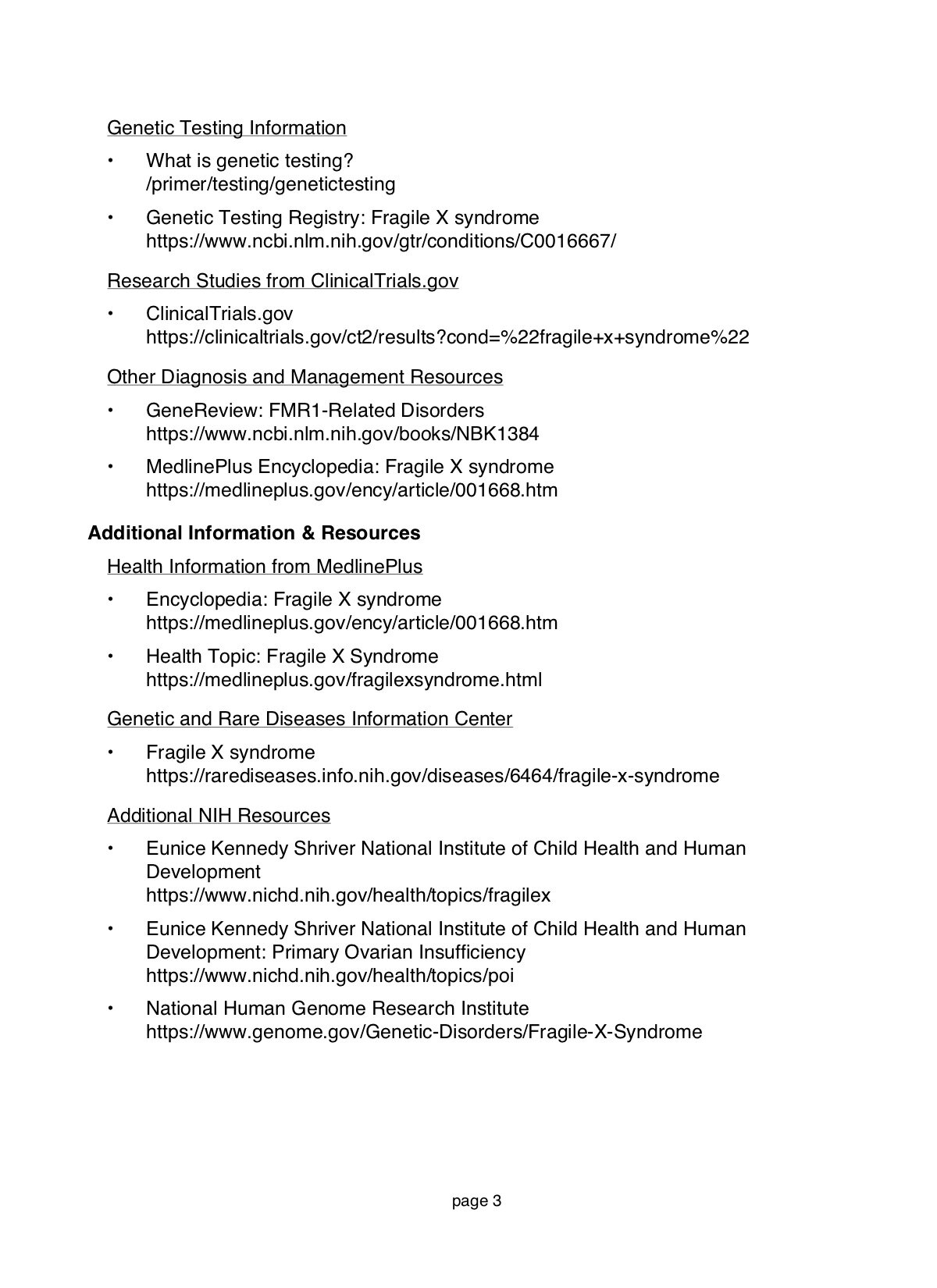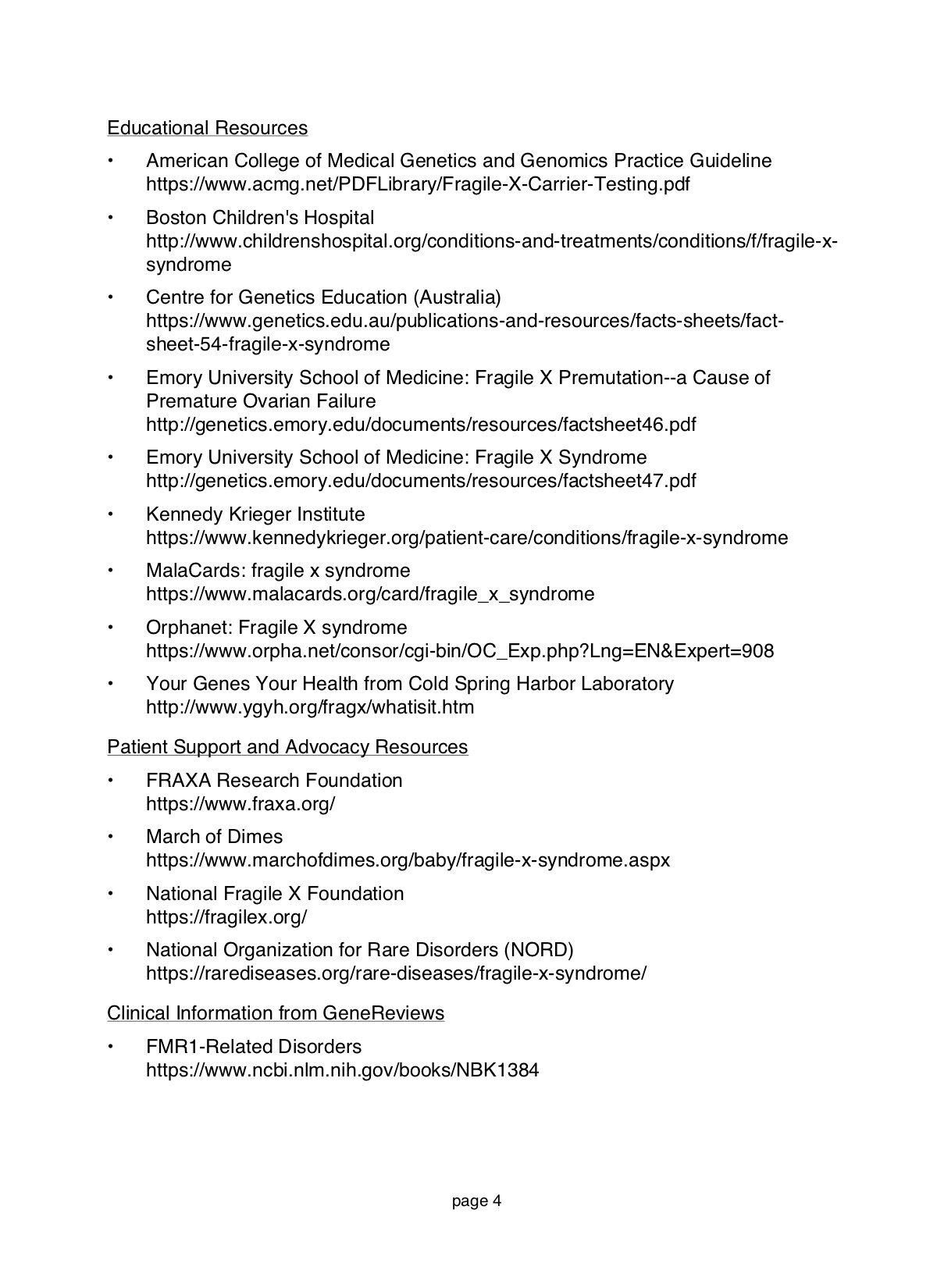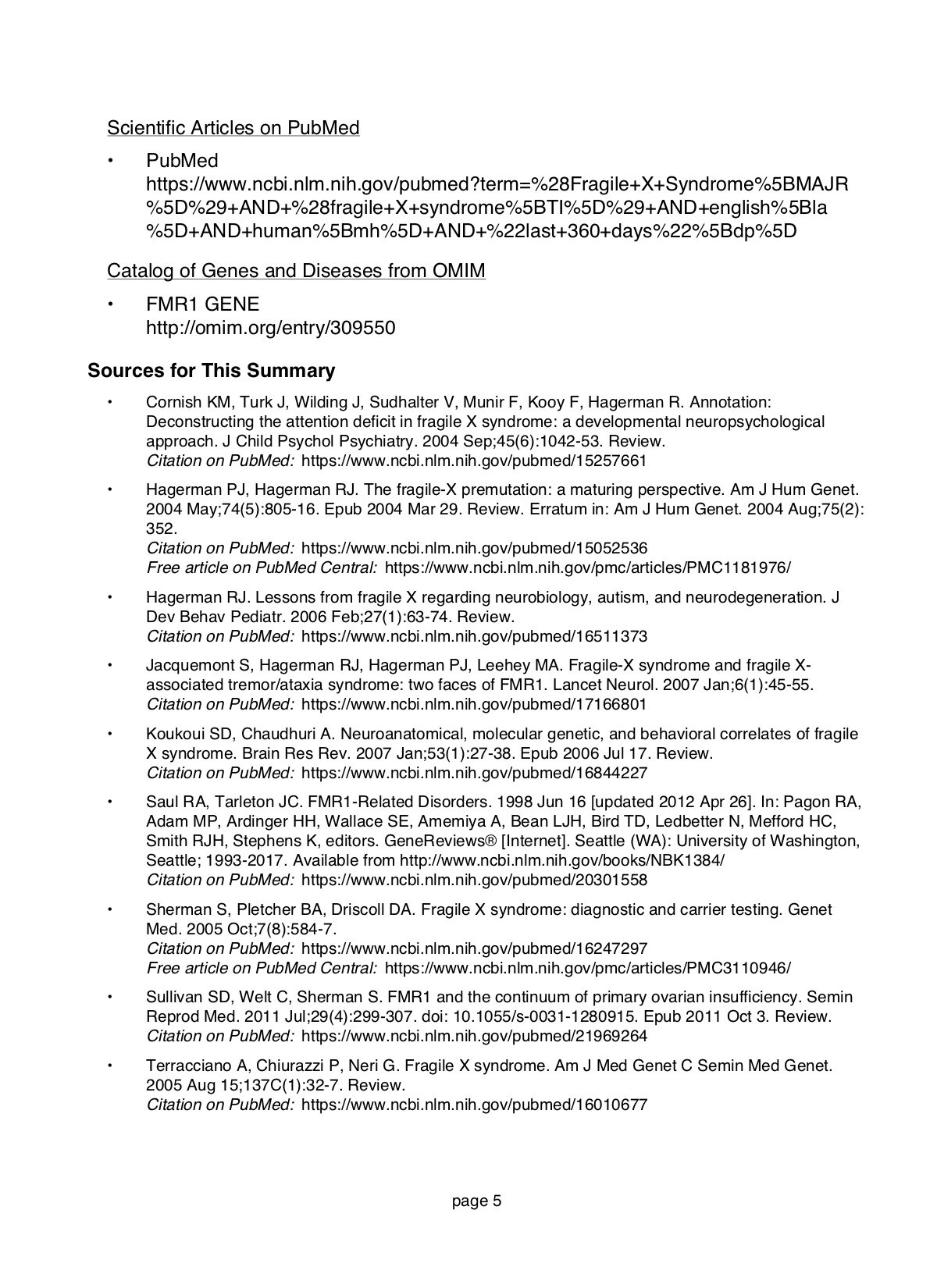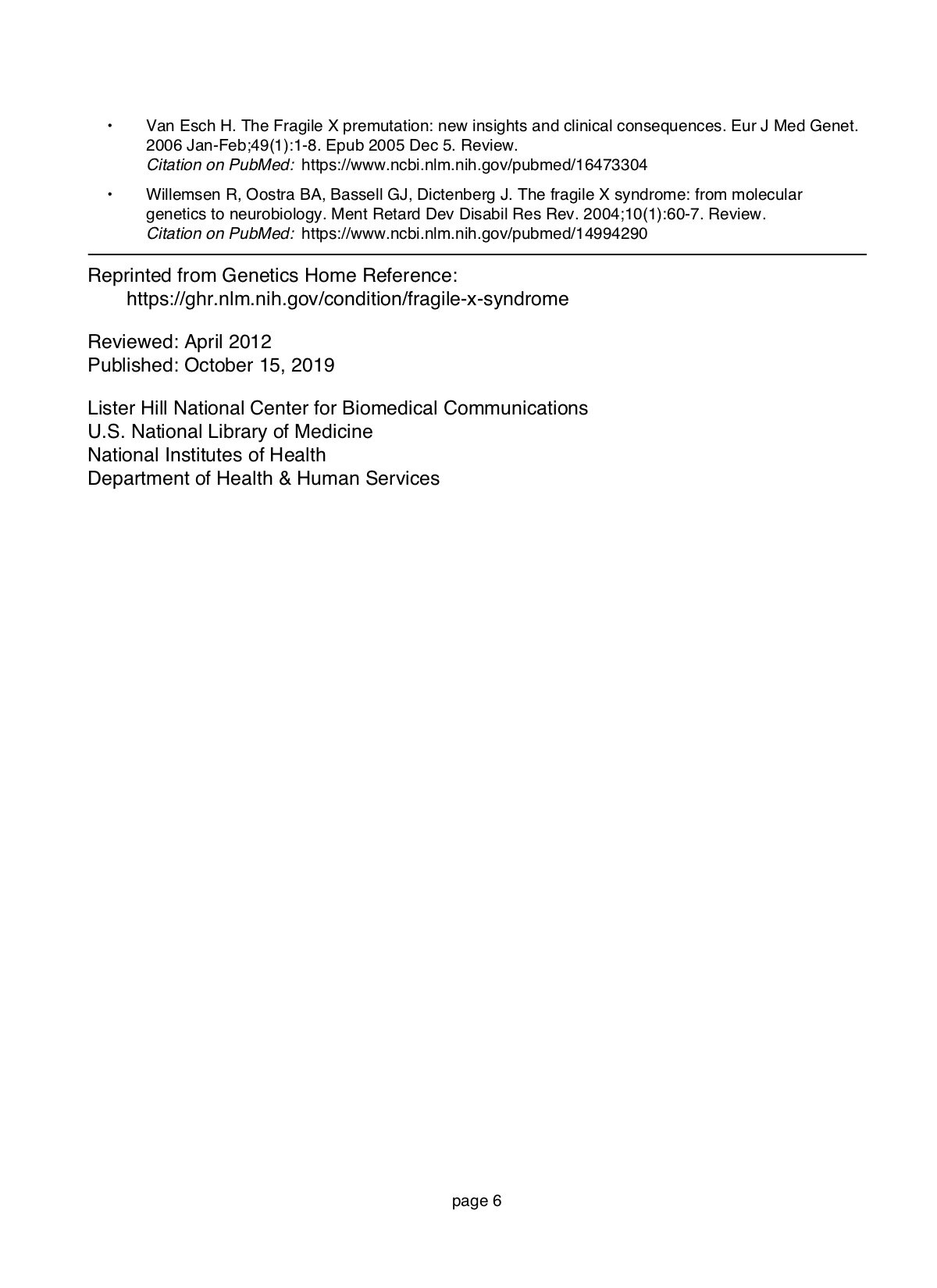On Wasted Research
Every year, Mr. Pennington and I go to Global Genes Rare Patient Advocacy Summit.
There, we engage in in-depth, analytical, well-informed discussion on the problems facing the rare disease community. This event inspires me and gives me so much hope, for all of us suffering with rare disease. It has truly changed my life.
















One topic often discussed:
If patients are not involved, researchers tend to go off on intellectual, self-gratifying tangents that have nothing to do with patient outcomes.
What is a patient outcome? Something that benefits you and me, the disease sufferers.
Unchecked, researchers collect their paychecks while doing nothing to advance the progress in understanding and treating the disease. They churn out irrelevant information and call it research.🤬
The ridiculous paper published by the British Medical Journal Diagnosed prevalence of Ehlers-Danlos syndrome and hypermobility spectrum disorder in Wales, UK: a national electronic cohort study and case–control comparison which I discussed in my last post Um, EDS is Common? is such a great example of bad research that benefits no one but the researchers.
This study examined medical records in Wales and found that Welsh patients are frequently diagnosed with Ehlers-Danlos. The authors concluded that EDS must be common.
The researchers never questioned if these diagnoses were correct. 🤦🏽♀️
I’ll answer that question for them.
No, those diagnoses were not worth considering. EDS is complicated to diagnose, especially before the 2017 update.
At this point, we do not understand enough about Hypermobility Ehlers-Danlos Syndrome to answer the question of how prevalent it is.
This is not top-secret.
A primary goal for any rare disease is to get a useful diagnostic checklist for it.
The 2017 criteria is controversial. It was made exclusive in order to focus molecular research, that is finding the genetic cause(s).
Once genetic cause(s) are found, diagnostic criteria can be made more accurate and simpler.
Why the authors chose to ignore this is unethical. Shame on them.
I wrote to them.
The Ehlers-Danlos Society
We are so lucky that Lara Bloom, the Executive Director of the Ehlers-Danlos Society, is an EDS patient herself.
The Ehlers-Danlos Society is totally focused on patient-centered work and on including all types of the Ehlers-Danlos Syndromes. That only happens when patients are guiding researchers, reminding them of what they are trying to solve.
Otherwise, researchers tend to get competitive and fight amongst themselves. They focus on what would help their careers as, naturally, they are human, too.
I have been around since the days of the old Ehlers-Danlos National Foundation, and we have come so far, yet still have so far to go.
Patients, please enroll in the Ehlers-Danlos Society Global Registry so more accurate information can be collected about EDS.
Please sign up for the HEDGE Study and give your DNA sample so the cause(s) can be found.
Medical professionals can sign up for training on the Ehlers-Danlos Syndromes at EDS Project ECHO.
What is Hypermobility Ehlers-Danlos?
This is what we know so far.
We are very sick people whose joints go backwards, who have many complicated symptoms, often to the point where we have no quality of life.
What is going on to cause this remains a great mystery.
The Rare Genetic Disorder
A rare genetic disorder presents with a lot of difficult problems, often not seeming to be related. Why is that, you ask.
Human genes multi-task. We have fewer coding genes than a grain of rice or a goldfish, but ours do many complex things. When a human has a very important gene doing something dangerous, it makes a big mess.
Let’s look at a well-understood genetic condition: Fragile X. Could you imagine Ehlers-Danlos Syndrome so well described? Someday it will be.
Hypermobility and Genetic Disorders
How interesting that Fragile Xers have “unusually flexible fingers.“
There are many genetic disorders that have hypermobility as a feature. Did you know?
One year at Global Genes, I met a young lady whose body continuously grows cancerous tumors as a result of a harmful gene she possesses. She was not expected to live long. She was extremely distressed, as one would be. She was also hypermobile. Curious!
In 2018 at Global Genes, Hillary Savoie spoke. I wept through her presentation. It was something.
Hillary has a rare daughter, Esme, with a condition still undiagnosed, as reported in the Wall Street Journal article The Unfulfilled Promise of DNA Testing.
RARE Patient Advocacy Summit After Party, 2018
Read more about Esme on Hillary’s beautiful blog.
Hillary has an excellent series on Caretaker PTSD.
Hillary told me that Esme is extremely hypermobile.
Isn’t that interesting.
About 75% of the cells in the human body are collagen cells. Many complex processes go into the manufacturing of collagen. Many genes are involved.
This may be why the gene causing hEDS has not yet been found. Possibly, a gene that no one has figured out plays an important role in the formation of collagen is sitting there unnoticed, thought to be harmless.
It could be that coding in the intron area (junk DNA) is preventing a collagen gene from functioning. If that is the case, science is a long way away from finding it, I’m afraid. Little is known about the human introne.
Let’s hope it is the first scenario and we will get a cause found soon.
Want to learn more about rare disease?
Listen to RARECast, the Global Genes podcast hosted by award-winning journalist Daniel Levine for discussion of rare disease, including research, advocacy, caretaking, business, science, and policy.












